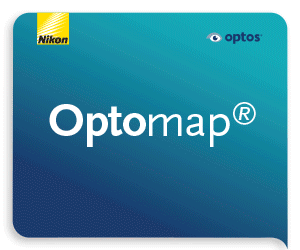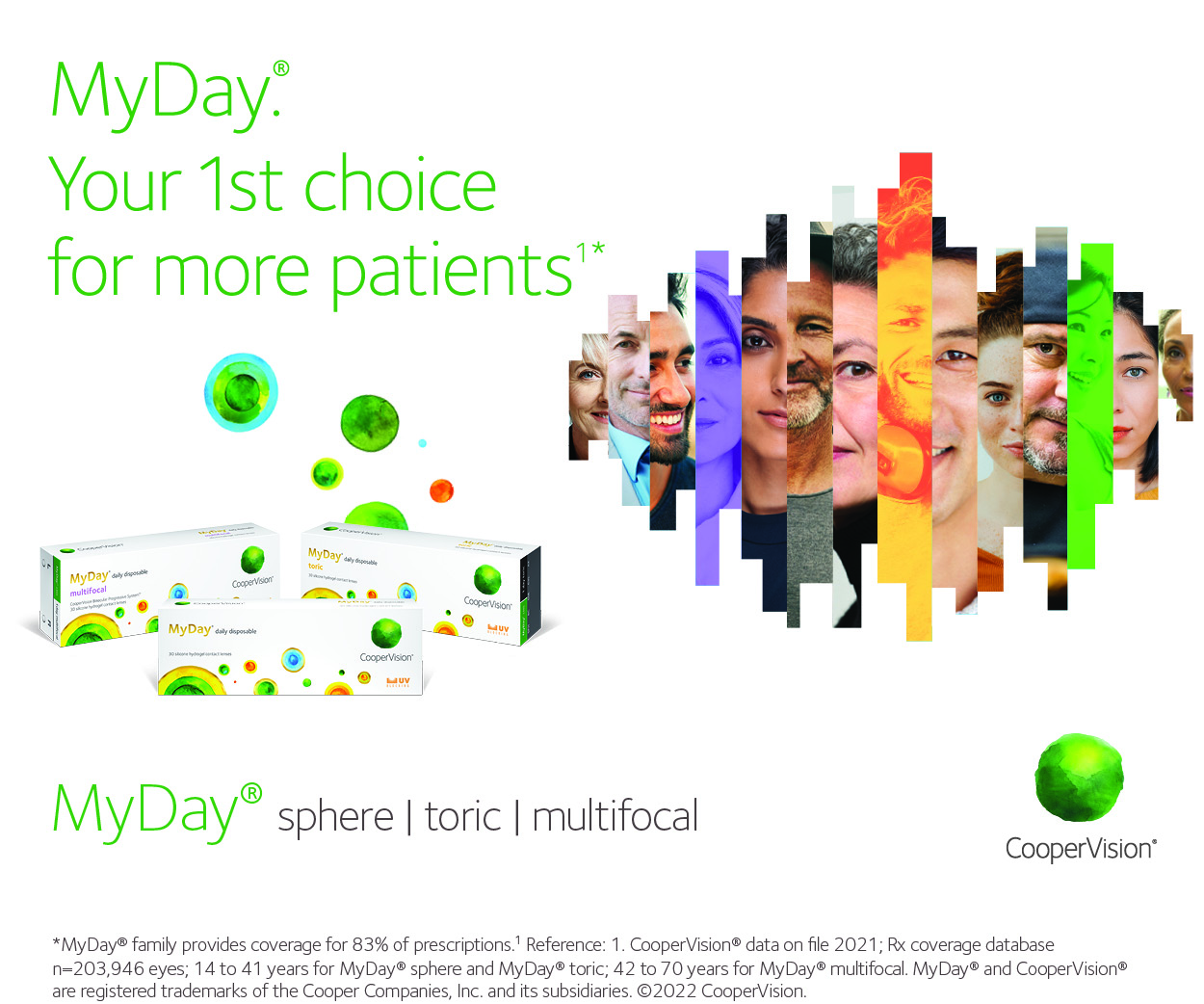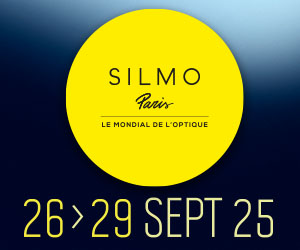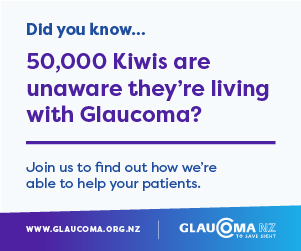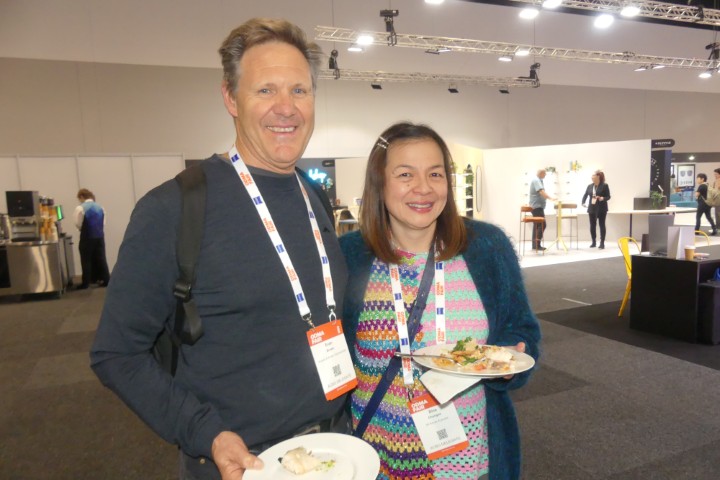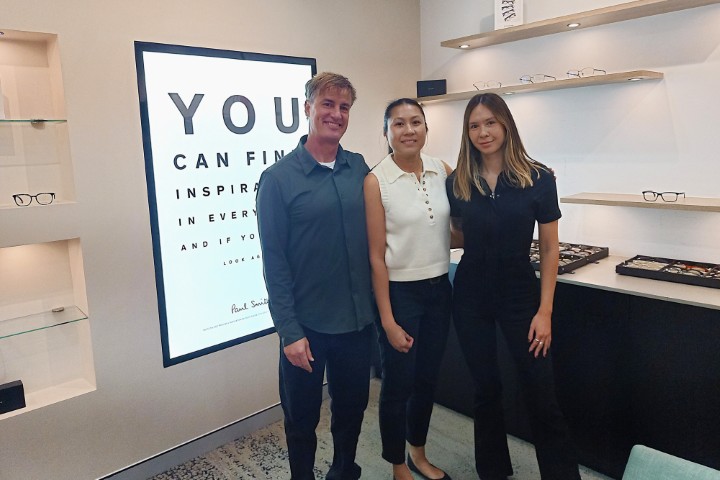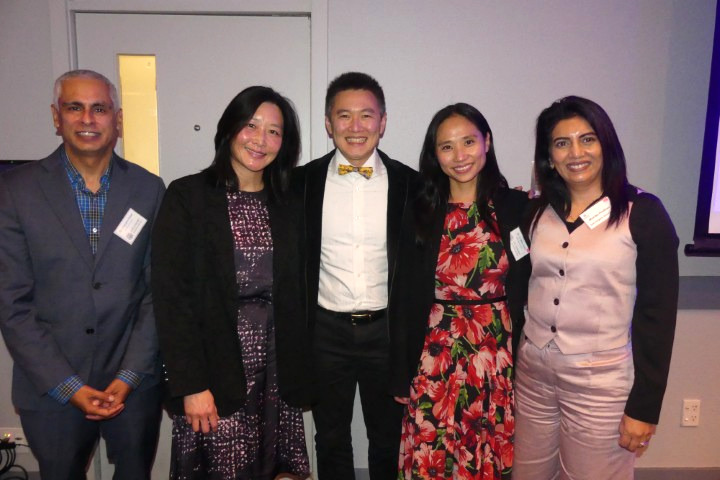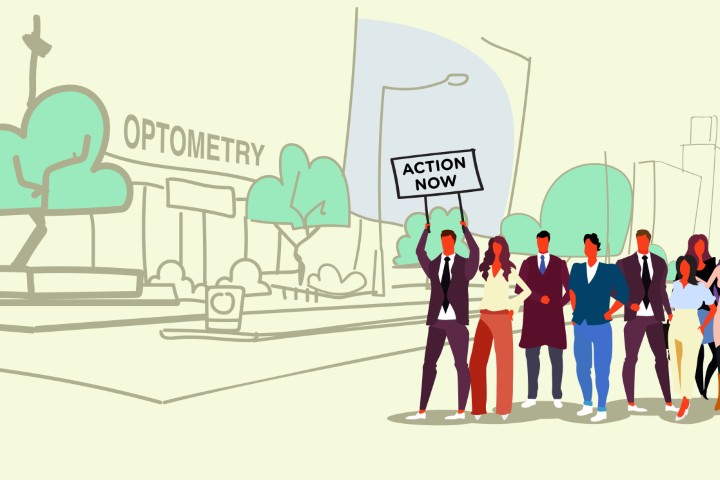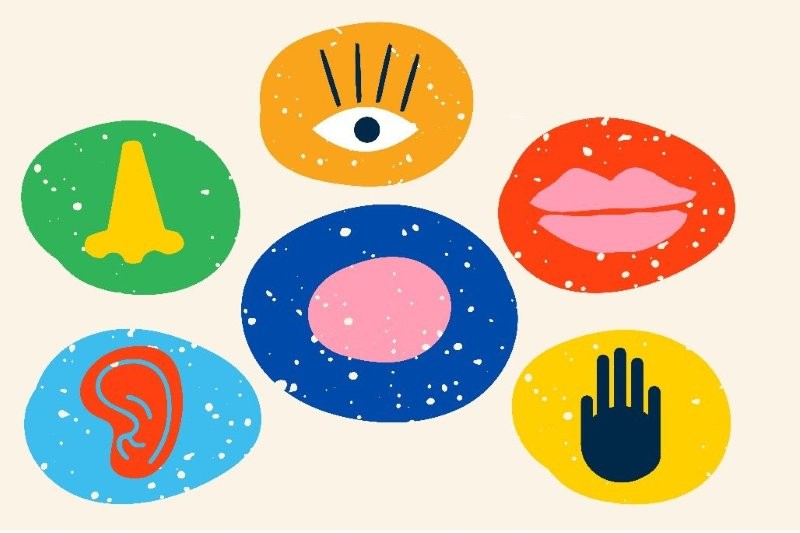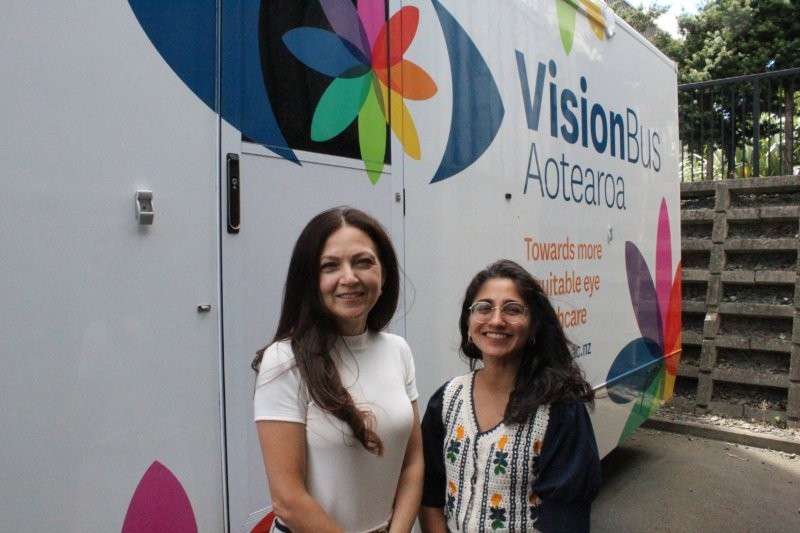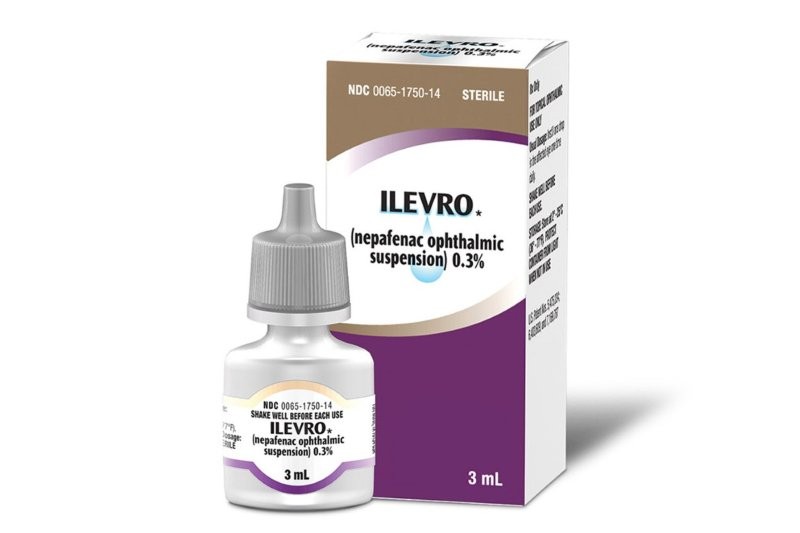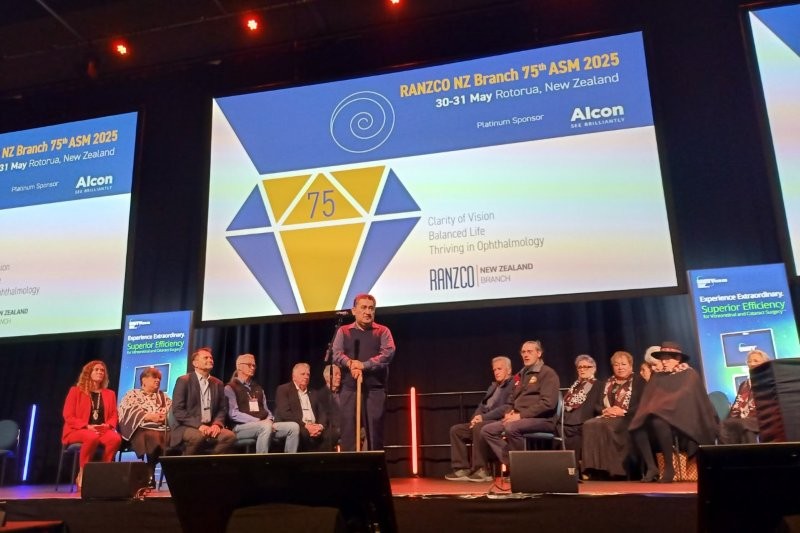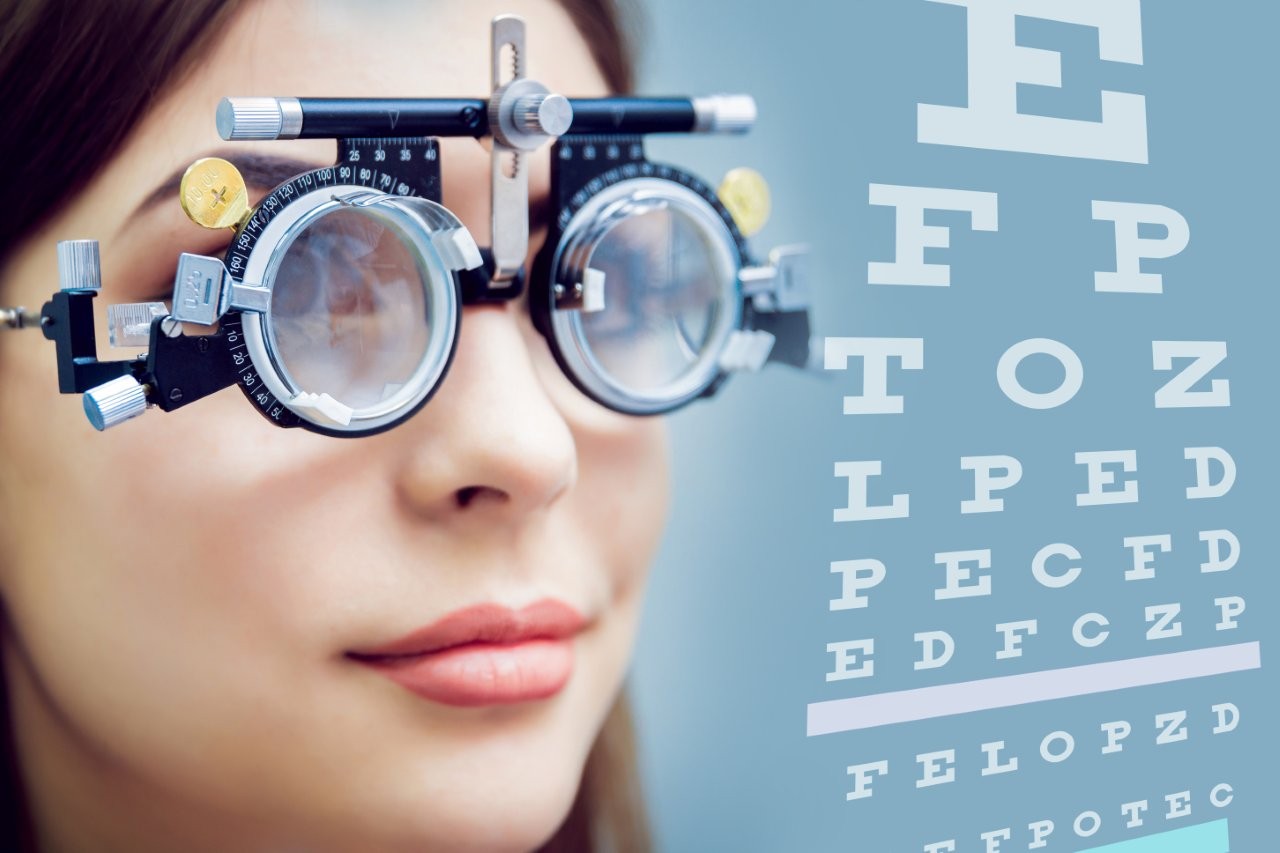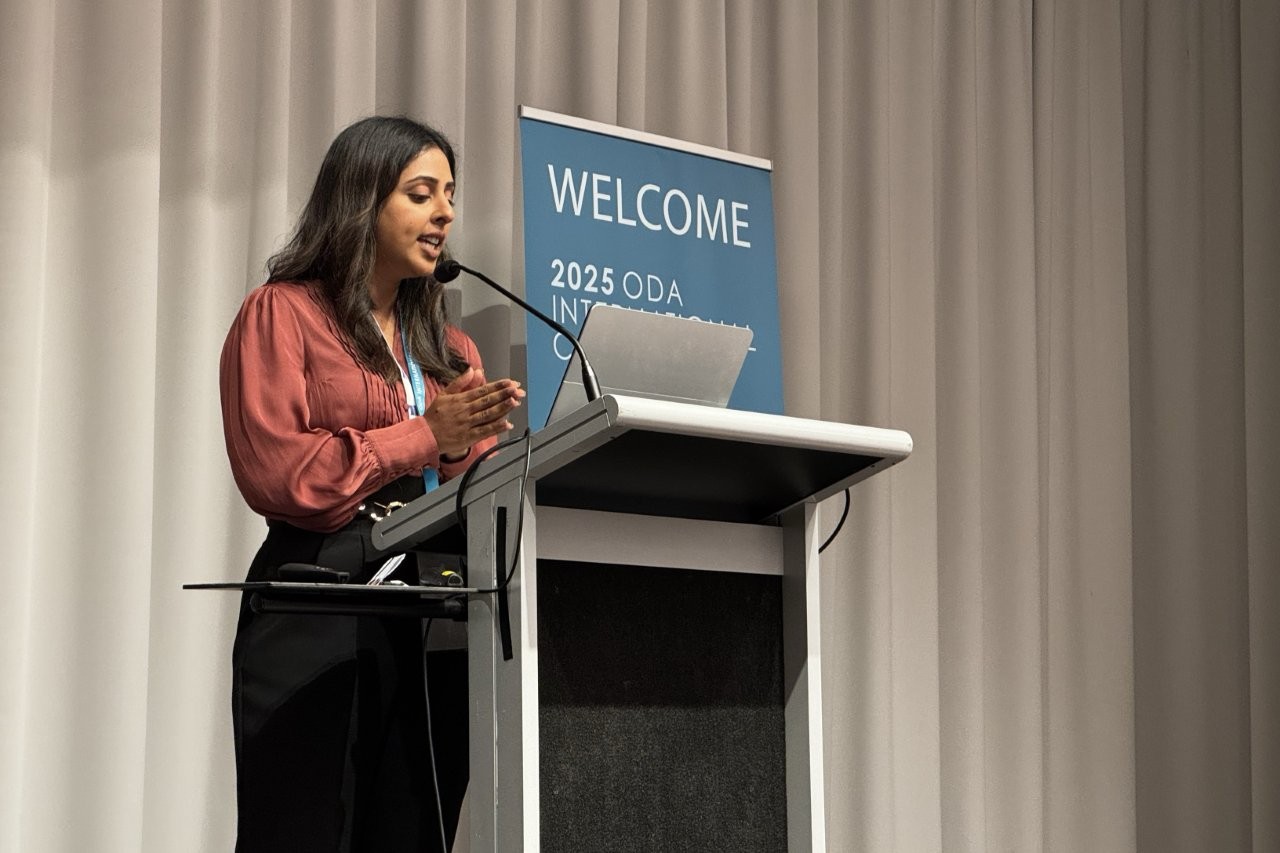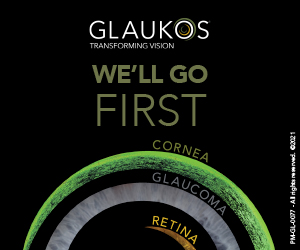Connect25: vision beyond sight
The annual Australasian College of Behavioural Optometrists (ACBO) conference, CONNECT25, kicked off in Sydney with a two-day meeting that included wrapping up the ACBO’s Practical Vision Therapy programme. Seven vision therapists (including one from New Zealand) and seven optometrists completed their final modules on amblyopia and strabismus, sat their assessments and delivered individual papers – earning ACBO accreditation in vision therapy.
Held alongside the 2025 ODMA fair at Sydney’s ICC, CONNECT25 attracted 108 ACBO members, including 14 Kiwis. The conference proper began with a lively keynote from US-based Dr Jen Simonson, a fellow of the US College of Optometrists in Vision Development and the American Academy of Optometry and author of several children’s books about vision therapy. Her infectious passion, depth of knowledge and willingness to share practical resources set the stage for an inspiring few days.
Normal vs abnormal visual development
Dr Simonson’s first session, ‘Visual development, what is normal, what is not’, outlined her clinical assessment of young paediatric patients. This provided options on forms to shorten case histories to allow more time during first encounters to build rapport, so patients feel safe in what can be an overwhelming environment in an optometry practice. She emphasised that children are not little adults, saying, if you set a path for improved engagement, you will be rewarded with improved clinical data and better outcomes. During this initial rapport-building time, we can also be making observations about the patient’s ability to make eye contact and their ease and grace of movement and action, including head tilt and turn, and look for other obvious signs of concern, such as strabismus or pathology.
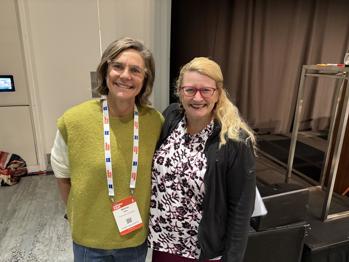
ACBO president Melissa Allen and keynote Dr Jen Simonson
Rather than probing the patient with what can seem threatening or challenging tests, such as visual acuity and ocular health inspection, early in the assessment, Dr Simonson also recommends initial probes that are fun and engaging, such as stereopsis testing, to differentiate the presence of sensory and motor fusion, along with suppression. Follow this with other binocular vision tests, such as Hirschberg, Krimsky and cover testing, and other probes, such as the 4-prism diopter (PD) base-out (4 BO) test, the 10-PD vertical prism test, the 12 BO/3 BI fusion test, fusional ranges with a prism bar, near point of convergence (NPC) and the modified Thorington test, then triage direction for further assessment.
Next was a discussion about the Intermittent Exotropia Control Scale and oculomotor assessment and an introduction to the Tap-n-See Now app, designed to help children with cortical visual impairment learn to use their vision more effectively. We also learnt about the standardised protocol for the NSUCO Oculomotor Test to assess saccadic and pursuit eye movements; the optokinetic drum device to induce optokinetic nystagmus); apps to check abduction deficit in infantile esotropia; Teller Acuity Cards, which can be used at different distances for the very young; and the value of Lea Symbols for children or individuals who can’t read letters or numbers. During acuity testing, we were reminded to look for signs of asymmetric resistance to occlusion and the value of accommodation probes with near retinoscopy using a sciascopy rack, systematically adding minus lenses until the reflex darkens and appears symmetrical. A key take-home from this session was to remember that your patient is the most important person in the exam room; so make them as comfortable as possible and manage parent interference!
Living with vertical deviation
The next lecture on vertical phoria and strabismus focused on patients living with a vertical deviation. We discussed finding the minimum prism that allows fusion in primary gaze, then explored how this changes in secondary and tertiary gaze, with a reminder to measure fusional ranges – if high, this indicates a long-standing deviation. We should also consider using a yoked prism to help find an area of gaze where the patient can maintain fusion more functionally. Other tests, such as Park’s 3-Step Test, the 9 Gaze app and eyedock.com were discussed as was further assessment with the modified Thorington or Van Orden star tests, cheiroscopic tracings and tests for associated phoria using fixation disparity, to establish a range of prism lenses to trial. The general guideline was: 90% support in a tropia, 50% of support in phoria. Patient response should focus on clarity and be compared with the fusional range measured. In terms of dispensing, we were advised to consider whether to split or add more to the affected eye and then trial this.

Serena Robertson with her Vision Therapy certificate
Discussion then moved on to differentials for acute onset diplopia, such as Graves’ disease, skew deviation, cranial nerve palsy and post-cataract surgery, followed by vision therapy to improve and expand the area of single clear binocular vision. Circular targets are the best to use, while anaglyphic targets tend to cancel out better than vectograms (which use polarised filters) when working with vertical deviation. Fusion targets such as vertical vectograms, digital and VR methods, free-space fusion cards and sticks and vertical fusion bar viewing exercises, often using a Marsden ball, to improve eye alignment and coordination, and free space fusion exercises, including those with a Brock string, can be adapted to include head tilts, turns and tips. This should be performed in all positions of gaze to gradually reduce compensatory prism to help build and strengthen vergence skills in various head positions and gaze directions, promoting improved binocular vision and stereopsis. Move slowly and take small steps; your aim is to increase fusion range in the correct direction by 1PD every month.
Supporting vision beyond sight
The second day of Connect25 began with ACBO president Melissa Allen announcing the launch of the ACBO Knowledge Repository, supported by Rodenstock International. The repository is a centralised, dynamic platform designed to advance clinical excellence, professional development and evidence-based behavioural optometry. It will allow ACBO members to freely access regularly updated science, research and published behavioural and neuro-developmental optometry material. Having a strong and easily accessible evidence base will help foster improved relationships with colleagues, universities, ophthalmology and other health disciplines, said Allen. “We owe it to the next generation to provide them with a solid, evidence-based foundation and believe that the knowledge repository will be a ground-breaking addition to the optometry profession in Australia and on a global level.”
Dr Simonson then returned to the podium to encourage us to shift our thinking and avoid too narrow a focus on eyesight clarity and ocular health. Using illusions to support her talk on ‘Vision beyond sight’, she asked us to consider the role vision plays in our daily exploration of space and meaning, which is not simply based on acuity but requires efficient accommodation, binocular vision, oculomotor control and centre-peripheral integration and visual processing.

Sarah Lang and Taryn Johnn with their neuro-optometric care certificates
The increasing trend to the binocular treatment of amblyopia was also discussed, including assessment techniques and optimisation to fuse images. This included the use of iseikonic lenses and contact lenses and discussions on how we can use vision therapy to enhance binocular function, dichoptic therapy and other techniques to control or suppress patients who have developed solid fusion. Vision therapy in young children was also tackled, including modifications for amblyopia and expected values for vision skills.
With sparkling thanks
The sparkle-themed conference dinner recognised long-term ACBO members who have given so much back to the profession. Carmin Hall was awarded the Keith Woodland Award for outstanding contribution to Behavioural Vision Care; Dr Paul Harris, the Graham Peachey Award for Outstanding Contribution to Behavioural Education; Kevin O’Brien, the ACBO Life Membership Award; and Antonia Quinn, the Bev Roberts Vision Therapist Award. The annual wine auction, with wines kindly donated by Tony Cosentino from BOC Instruments, raised more than $3,500 for the Susan Larter Vision Trust, which helps families access vision therapy in Australia.
Evan Brown is a past-president of ACBO and a behavioural optometric vision care practitioner with interests in paediatric optometry, neuro-optometric rehabilitation and visual dysfunctions related to learning and the roles of the autonomic nervous system, stress and distress in the visual process.





